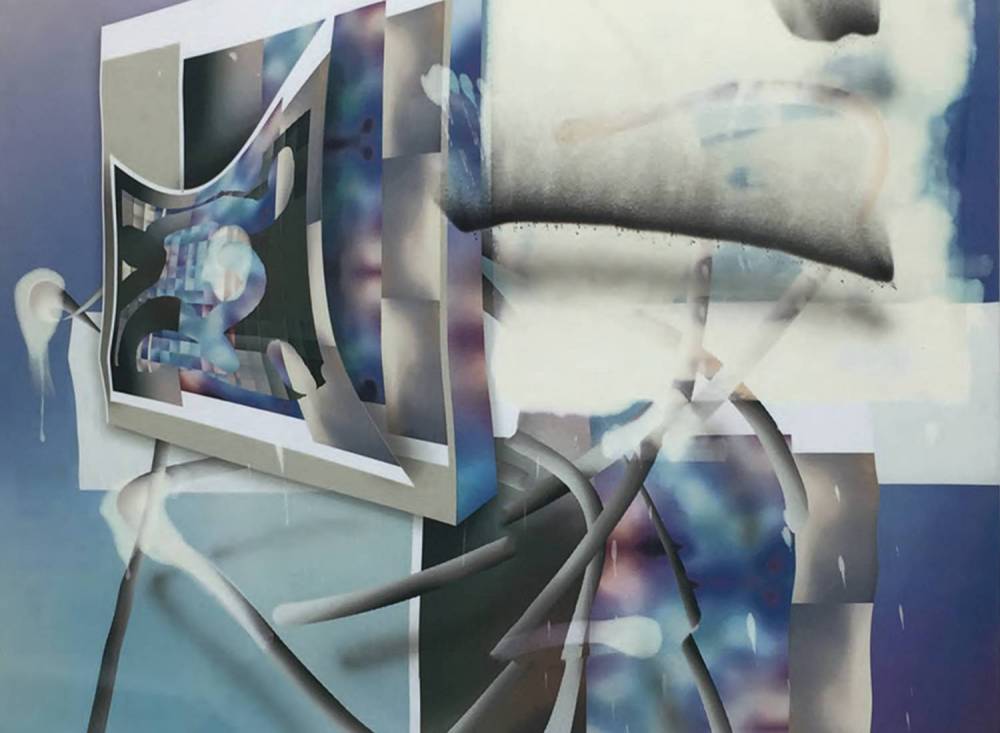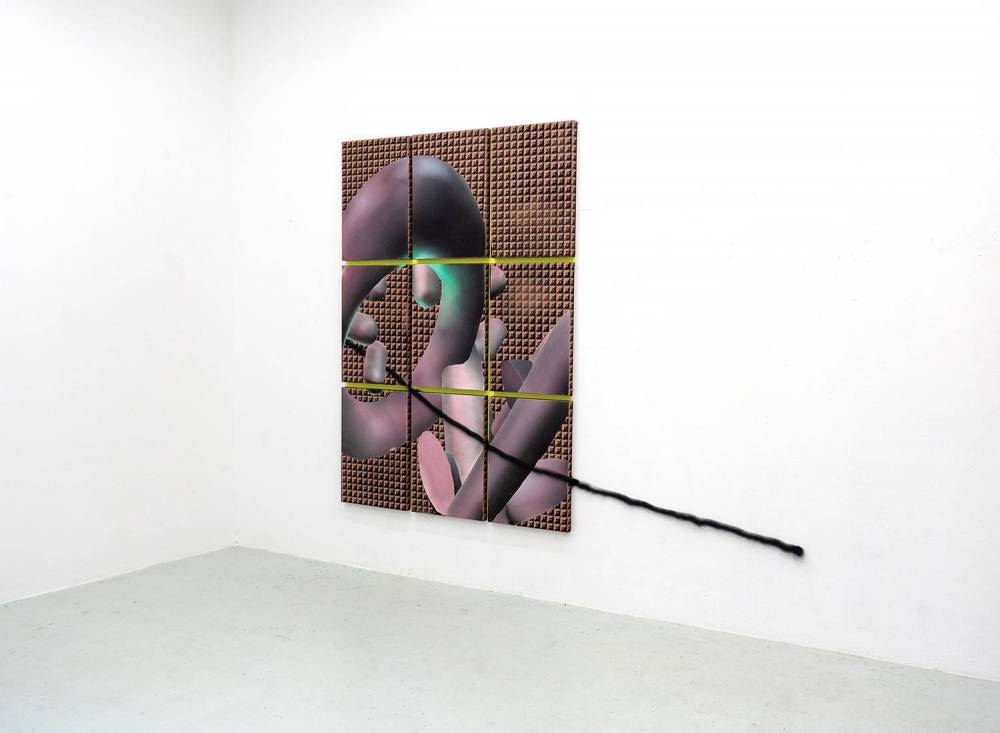Exploring the realms of the in-between with Maximilian Willeit and Manuel Resch
Maximilian Willeit and Manuel Resch on the limits of creating digital and analog spheres, experiencing art in our postmodern society, and how they open up dialogs by merging concepts.
It appears as if the contemporary art scene takes a lot of pride, as well as great pleasure in labeling young artists in an obscurely fast manner. The young Berlin-based artist duo consisting of Manuel and Max live through this whenever a 50-something turtleneck wearer praises them on their “well accomplished postdigital art pieces.” A term coined by a generation that just recently found out about Facebook and is afraid of face filters. The two artists don’t see themselves reflected in this label.
“There is no need to say our work is digital, or post-digital, or whatever. We don’t believe that there is an analog sphere and a digital sphere. It is all intertwined.”

For the two artists, the lines of the digital and analog sphere are not just blurred; they are non-existing. It is not as if their work was a recollection of the analog domain after undergoing a digital transformation. They didn’t grow up in-between the digital and the “real world”; their world was just both: digital and analog. This aspect is even evident in their research, as it spans from noticing things on social media, over drawing sketches in print, to reading articles online. It is impossible to get inspired or holistically understand current developments from merely the physical sphere without taking into account the digital realm as well and vice versa. Maybe the next generation has to organically come up with an adequate label, but there is no need to rush.
“Using space and architecture to deceive and enhance the impressions of our artwork is very important to us. We don’t want our paintings to easily work on pictures.”


Looking at their painting, one can experience them on a multitude of different levels, as they feel like a breathing augmented reality portal. Therefore, seamlessly reflecting our contemporary mode of perception. Simultaneously, this dynamic gets challenged by their contrary and static choice of medium, which is mainly canvases. Their work does not entirely come through on pictures, nor does the artist-duo want them to.
“We want our paintings to be experienced as paintings. While the painting is a slow process, it also allows us to profoundly reflect on and capture the complexity of the way we perceive our surroundings. We want dialog by merging concepts and contrasts”

Right now, the artists are working on a project surrounding bionicles, which is a Lego game they used to play as children. Intrigued by the bio-technical creatures, the insensitive cultural appropriation, and the problematic ethnocentric storyline, the duo embarked on an artistic journey of dismantling a dystopian childhood-nostalgia. I am sure, with this new project, Manuel and Max will do what they do best: Nonchalantly reflect a generation that feels most stable in ambiguity.
